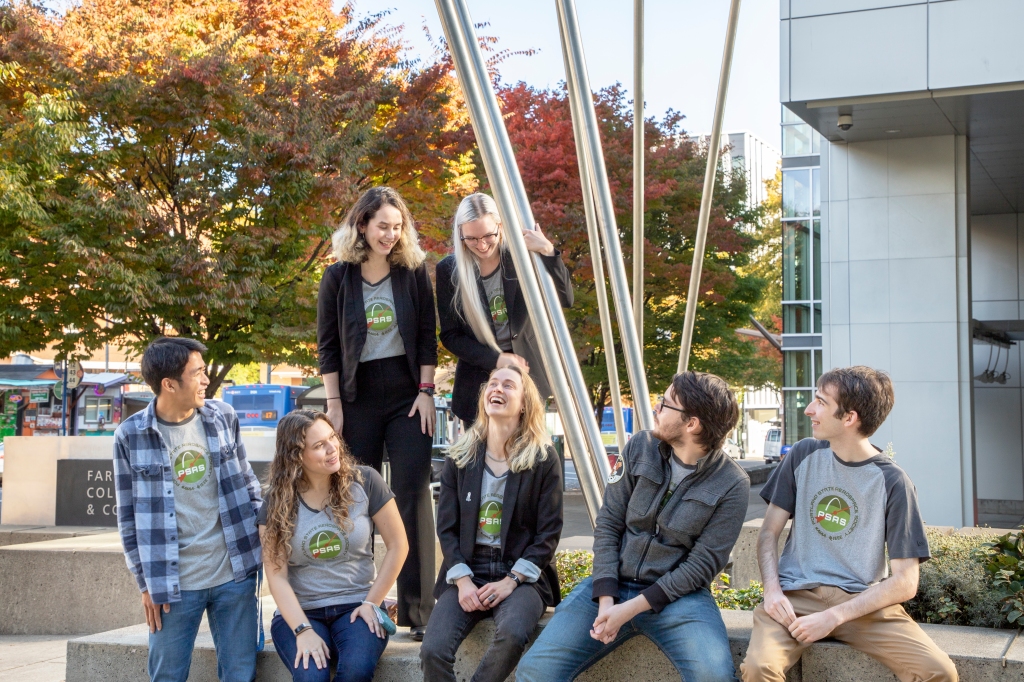
Katy Swordfisk writes about OreSat0:
After months and months of research, testing and development, the Portland State Aerospace Society (PSAS) is preparing to hand off Oregon’s first satellite destined for the stars.
Later this month, the interdisciplinary student group will deliver the satellite known as OreSat0 to Seattle’s Spaceflight Inc. who will integrate OreSat0 into its Sherpa(R) Orbital Transfer Vehicle. The propulsive vehicle will carry and deploy many small satellites to orbit after hitching a ride to space aboard a SpaceX Falcon 9 rocket, scheduled to launch no earlier than January 2022.
OreSat0 is the first in a series of three satellites designed by the Portland State Aerospace Society and is just about the size of a tissue box. The satellite includes solar panels, batteries, a color camera and an amateur radio system.
Andrew Greenberg, PSAS Faculty Advisor, said OreSat0’s mission is simple: “It’s supposed to not catch fire in space.”
But OreSat0 also gives PSAS a chance to test their open-source satellite design before building the next iteration for NASA’s CubeSat Launch Initiative, scheduled to launch in late 2022. Think of OreSat0 as the training wheels for a tissue-box shaped bike speeding through space.

“Oregon doesn’t really have much of an aerospace industry so it’s really important that we’re bringing aerospace close to home, for college students and K-12 students,” said Catie Spivey, a masters in mechanical engineering student and member of PSAS. “We’re showing them that they can do it too. It’s giving all of us here the opportunity to work with NASA and with other companies, then we go into the real world and get aerospace jobs. We’re creating an aerospace workforce in Oregon when there aren’t many other aerospace opportunities.”
The second, larger satellite, being built for the NASA CubeSat Launch Initiative, is a mission for climate science. PSAS’s satellite will look at cirrus clouds and the distribution of cirrus clouds around the world.

“It also has this super cool STEM outreach for the entire state of Oregon,” Greenberg said. “High school kids will be building a ground station of 3D printed materials — what we’re calling the 400-kilometer selfie stick — that they’ll point up as the satellite comes overhead, the satellite points down at them and then beams live video of their location in Oregon to them.”
To add another layer of ingenuity, the satellites feature open source designs that Greenberg describes as “artisanally built” — meaning anyone can use them to build their own satellites. OreSat0 hasn’t been launched yet and already several universities have reached out to use the PSAS designs and collaborate on future projects.
“By publishing our designs it makes aerospace more accessible,” said David Lay, a senior in electrical engineering and member of PSAS. “These are incredibly expensive systems to just buy off the shelf so we’re letting people build their own with our designs.”
